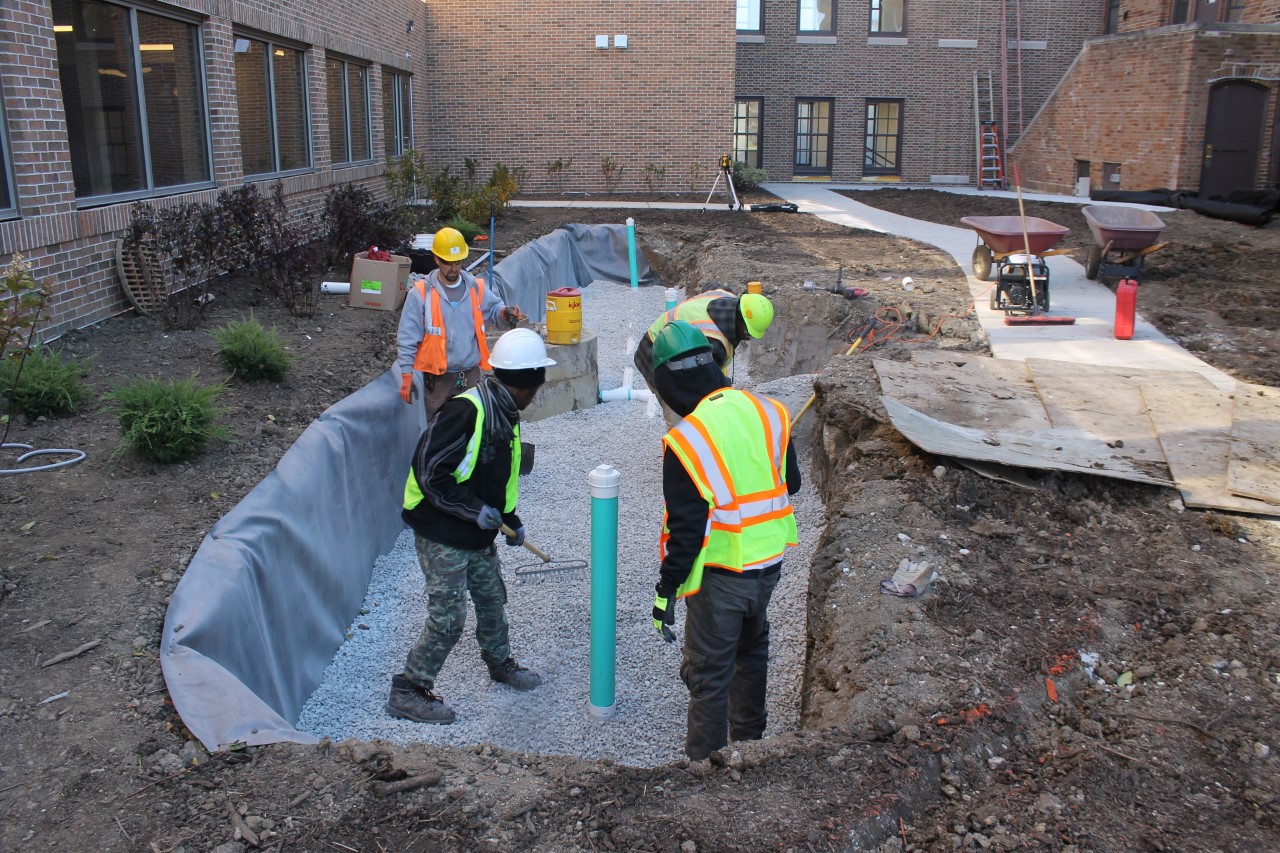
By Susan Bence, WUWM
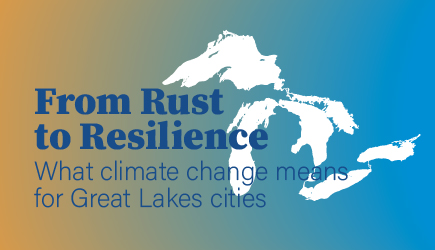
This article is part of the Pulitzer Center’s nationwide Connected Coastlines reporting initiative. For more information, go to pulitzercenter.org/connected-coastlines-initiative.
For all stories in the “From Rust to Resilience” project, including the Great Lakes Now monthly show, click HERE.
Climate change poses daunting threats to every facet and form of life. The Great Lakes region is expected to be hit by an increase in heat waves, flooding and severe storms.
Climate change disproportionately impacts people already grappling with obstacles, particularly in urban areas.
Walnut Way would appear to fit that description. The 30-block section of Milwaukee, 2 miles northwest of downtown falls within the Lindsay Heights neighborhood.
Unemployment rates are high and the families here — most of them African American — live in some of the city’s oldest housing stock. And, compared to many other parts of the city, there are fewer trees and less access to green space here.
Residents in neighborhoods like these are most vulnerable to climate change. That’s according to Sarita Turner from the Institute for Sustainable Communities.
“African American people die at a much more disproportionately higher rate due to heat-related deaths than any other racial group and it’s getting hotter and hotter and hotter,” Turner says.
But over the last two decades, Walnut Way, short for Walnut Way Conservation Corporation, has gradually transformed lifeless parcels to green space. It grows fruit, herbs and vegetables as a tangible commitment to teaching residents how to care for their piece of the planet.
In fact, it’s become a model for others.
Watch this Great Lakes Now‘s segment on the city of Buffalo’s green infrastructure efforts:
API key not valid. Please pass a valid API key.Angela Kingsawan, Walnut Way’s newly-hired urban agriculture manager, doesn’t let a little rain or the sight of yet another empty lot N. 17th St. dampen her spirits. She just planted a sea of veggies and herbs in a hoop house on what had been a vacant lot.
“Kondari is an herb from the southwest and Mexico, Greek basil, I’m growing many types of tomatoes,” Kingsawan explains.
She says most of the veggies and herbs will be sold at the nearby Fondy Farmers Market. “We have youth that come in every summer and they staff a booth at Fondy,” Kingsawan says.
Kingsawan points across the street. If she gets a grant that she’s set her sights on, she will replace forlorn turf with native trees along with indigenous corn and native squashes, which, she says, will shade and nourish neighbors.
“That’s why agroforestry is so important. The things I’m planting are from here. Whether we have rain or drought – they come back. We’ll divide and share with neighbors and other communities.” Kingsawan adds, “It’s just thinking smart.”
A few blocks west, Venice Williams runs an urban farm called Alice’s Garden. Buffeted by a bit of wind, Williams watches a visitor make her way through a labyrinth of emerging herbs and native plants.
“I like to say we use gardening as a carrot to get people to impact their quality of life,” she says.
Williams says the garden – divided into quadrants – has its own energy. Solar energy is also being collected atop its pavilion. Underground, a 20,000 gallon cistern diverts rain from the sewer system and is used to water the lettuce and tomatoes that will soon take root this season.
“There are 100 rental plots so we’re also a community garden. We’re getting ready to install the infrastructure for an evening market. The city of Milwaukee is awarding a matching grant for that,” she explains.
Williams says her role isn’t just to encourage gardeners, but is also looking for ways to educate them about climate change.
“But climate change education in the urban context has to be personal,” she says. “So I have to address it from things that matter to you in the midst of your day to day living as you’re trying to raise children and feed families and pay the bills.”
Williams adds, “The way I teach climate change is from a point of ancestral knowledge and responsibility – let me share with you how our ancestors cared for earth and air and water.”
Green infrastructure projects dot Walnut Way and the wider Lindsay Heights neighborhood – a pocket park here, a small orchard there.
Antonio Butts is executive director of Walnut Way. Its offices are in a restored building – an old rooming house volunteers saved from being demolished. That project marked a milestone of neighbors coming together.
“For us economics, resilience and climate change are synonymous,” Butts says.
Walnut Way took a huge step forward when it created its own landscaping team – called Blue Skies. Today the team of about a dozen people both creates and maintains projects from gardens to green infrastructure.
The city of Milwaukee partners in bringing these projects to life. Philanthropic, state and federal dollars help too.
But Butts doesn’t sidestep the challenges. Many neighbors are un- or underemployed. The median income is less than $25,000.
“How do you prepare or build the capacity of a community to withstand challenging times? It doesn’t matter if it’s food security, housing … What is your ability or the community’s ability, collaboratively, to respond to events and to be able to live to tell the story?” Butts asks.
From her home base in San Francisco, Sarita Turner, with the Institute for Sustainable Communities, says the efforts illustrate what’s special about Walnut Way. Her nonprofit works with communities around the world to build resilience to the impact of climate changes. Two years ago, the institute awarded Walnut Way a nearly $200,000 grant to help fuel its work, especially to empower residents with knowledge.
“If it weren’t for the Walnut Ways of the United States of America, how else would these communities be getting this information, helping them think through solutions or ways we need to start to plan?” Turner says.
The path forward appears straightforward to Aton Fox. Six years ago, he interned at Alice’s Garden, the nearby urban farm. Then, Walnut Way invited him aboard, where he’s now an environmental program assistant.
“The idea is to uplift our community. We can inspire everyone to do the same and I think collectively everyone needs to be working together to combat it,” Fox says. “Because climate change is bigger than all of us at this point.”
“From Rust to Resilience: What climate change means for Great Lakes cities” is a collaborative reporting project that includes six members of the Institute for Nonprofit News (Belt Magazine, The Conversation, Ensia, Great Lakes Now at Detroit Public Television, MinnPost and Side Effects Public Media) as well as WUWM-FM Milwaukee, Indiana Public Broadcasting and The Water Main from American Public Media.
This project is part of the Pulitzer Center’s nationwide Connected Coastlines reporting initiative. For more information, go to pulitzercenter.org/connected-coastlines-initiative.

Read more from Great Lakes Now:
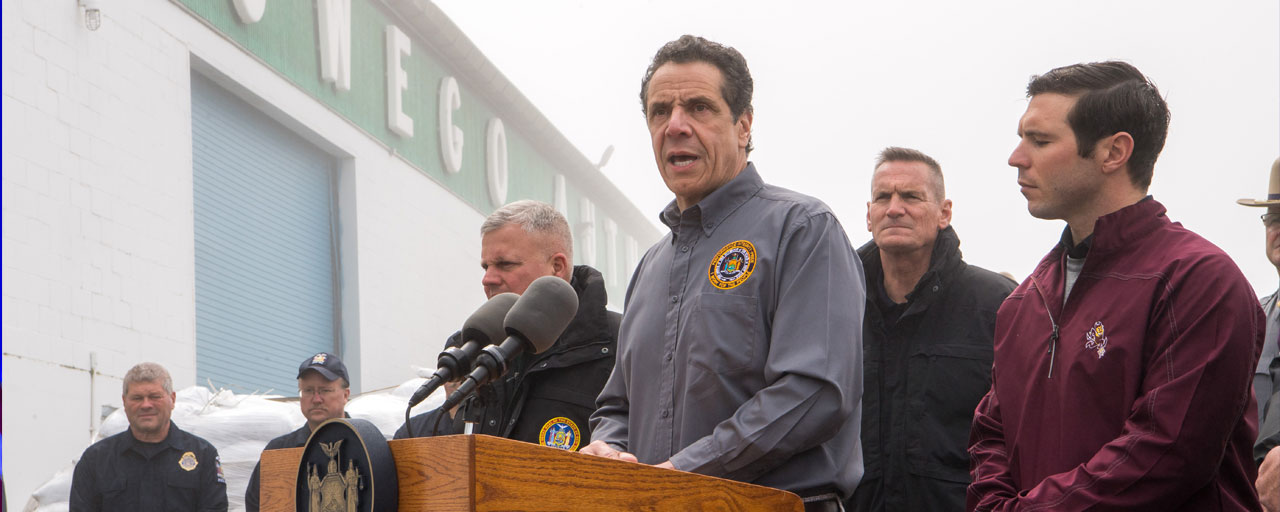
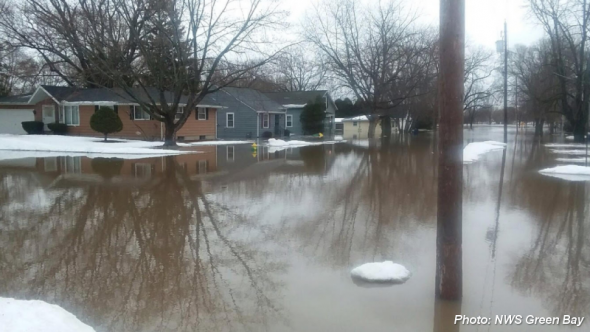
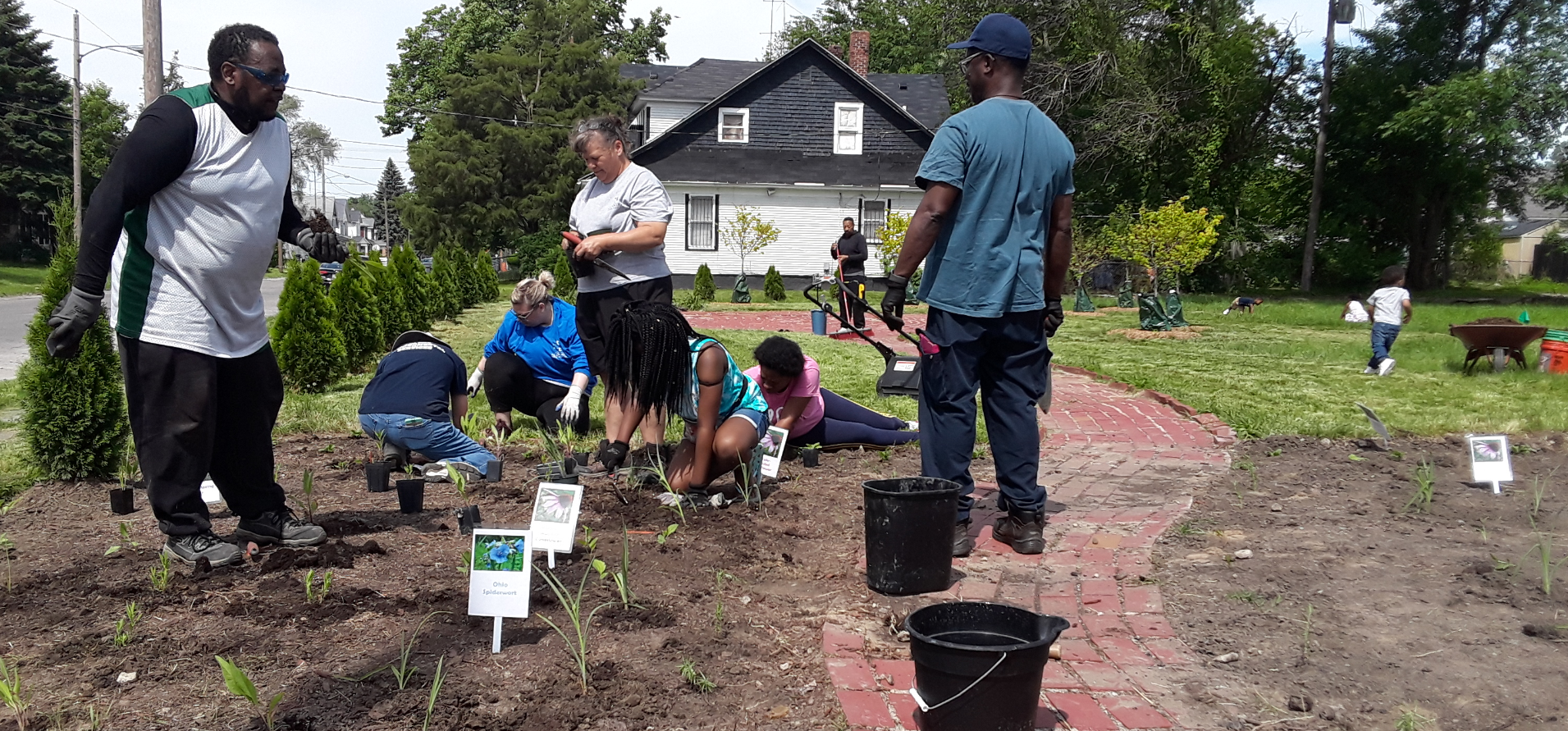
Featured image: A Walnut Way Blue Skies team installing green infrastructure at a neighborhood church to manage stormwater. Erica Heisdorf Bisquerra via WUWM.




